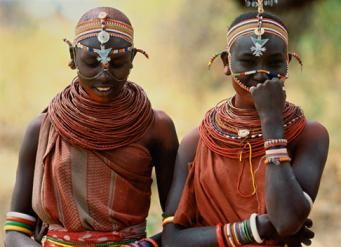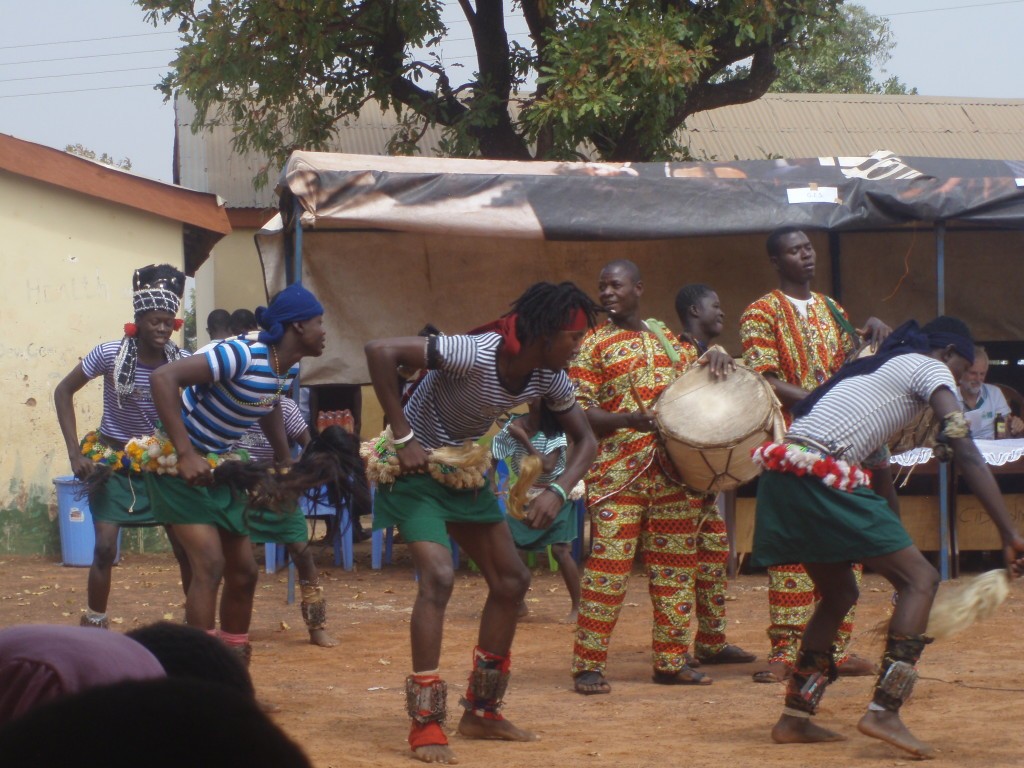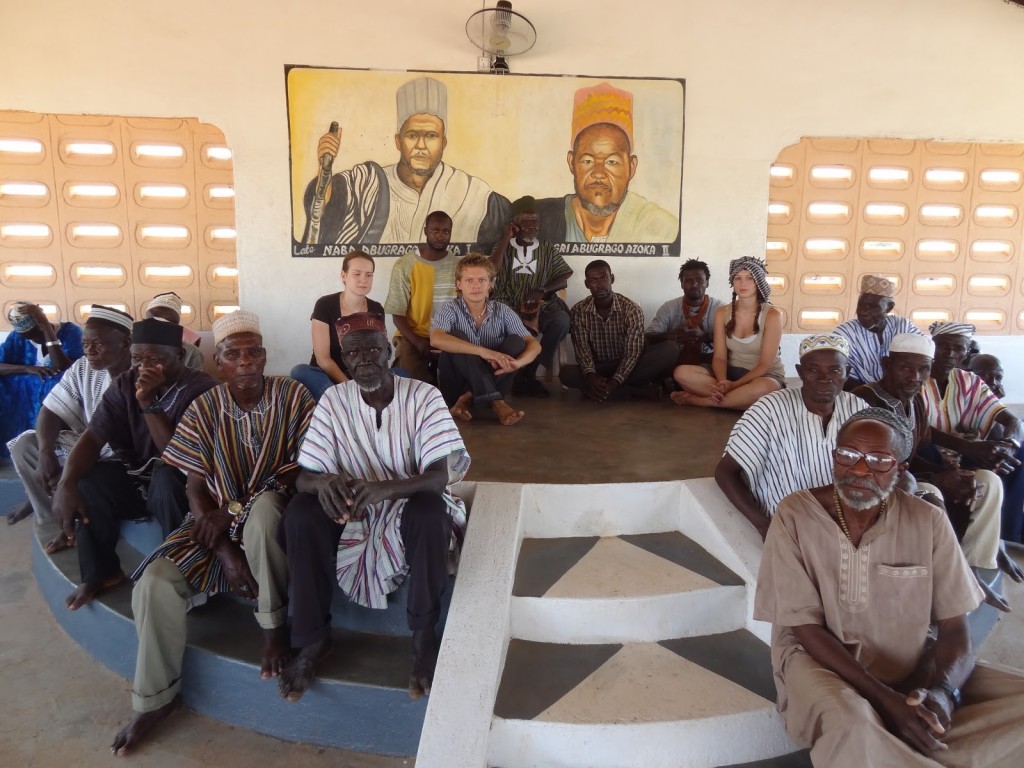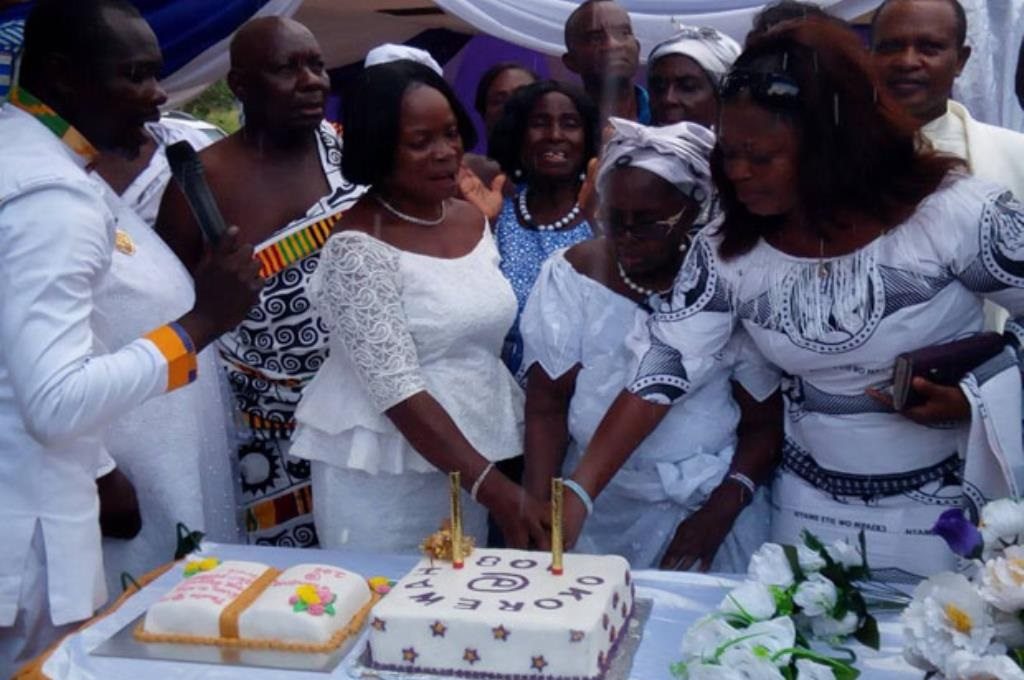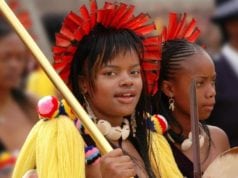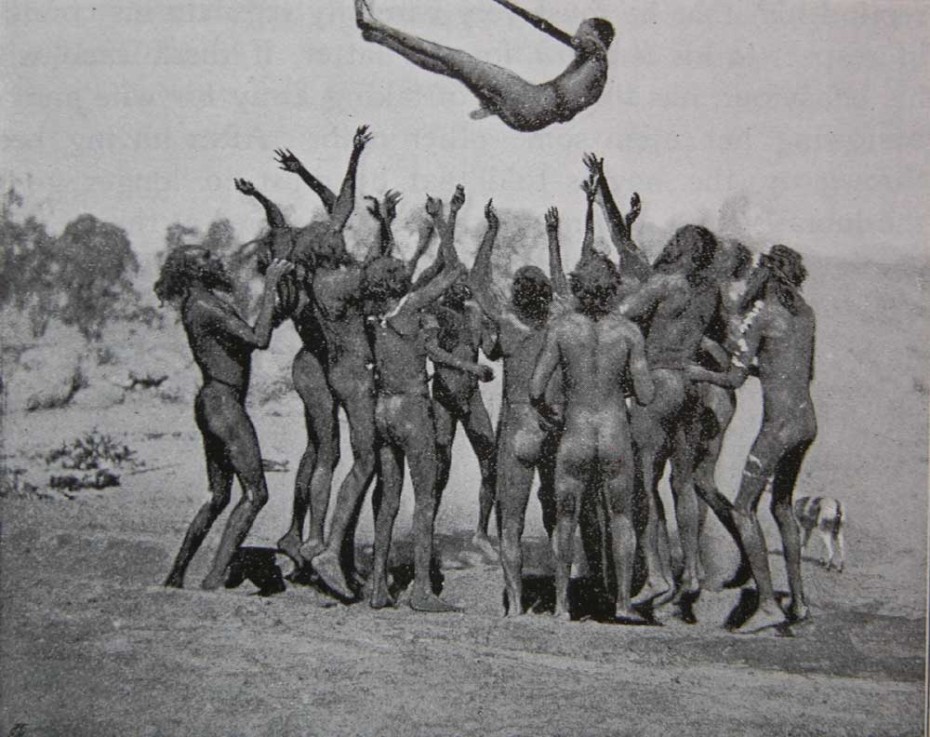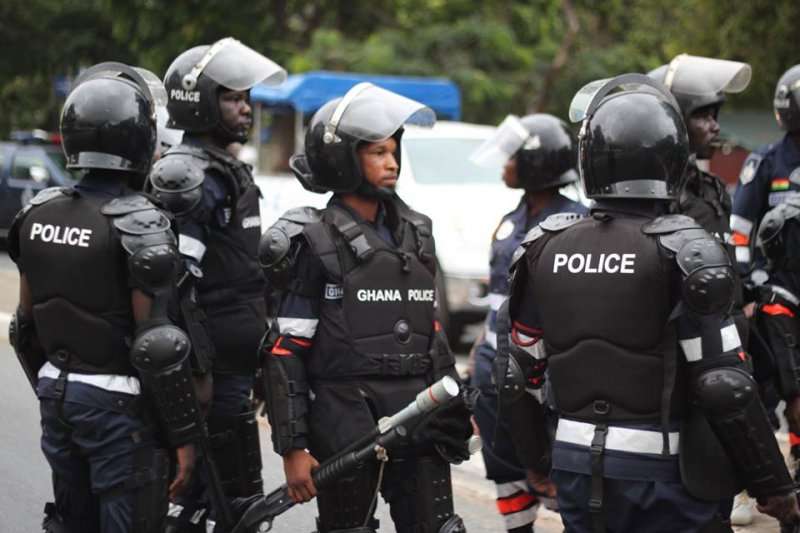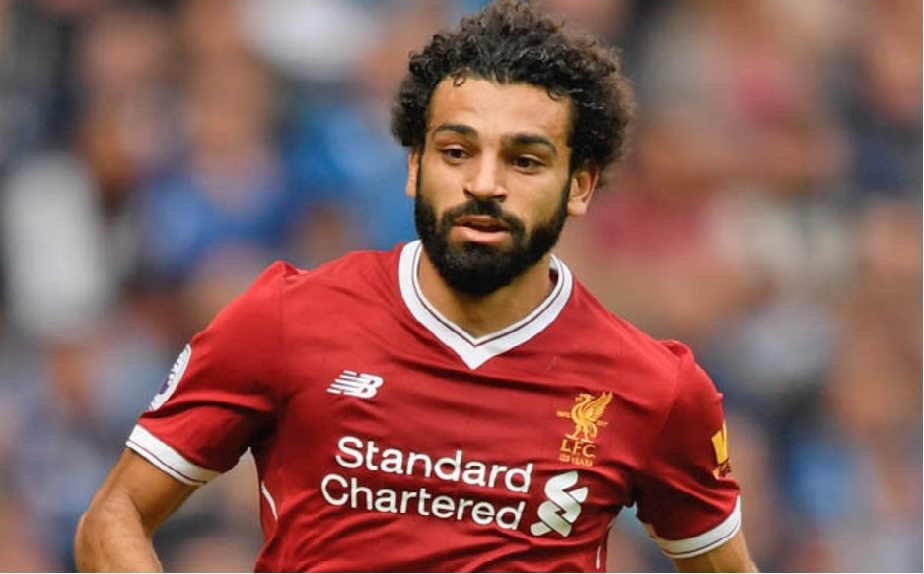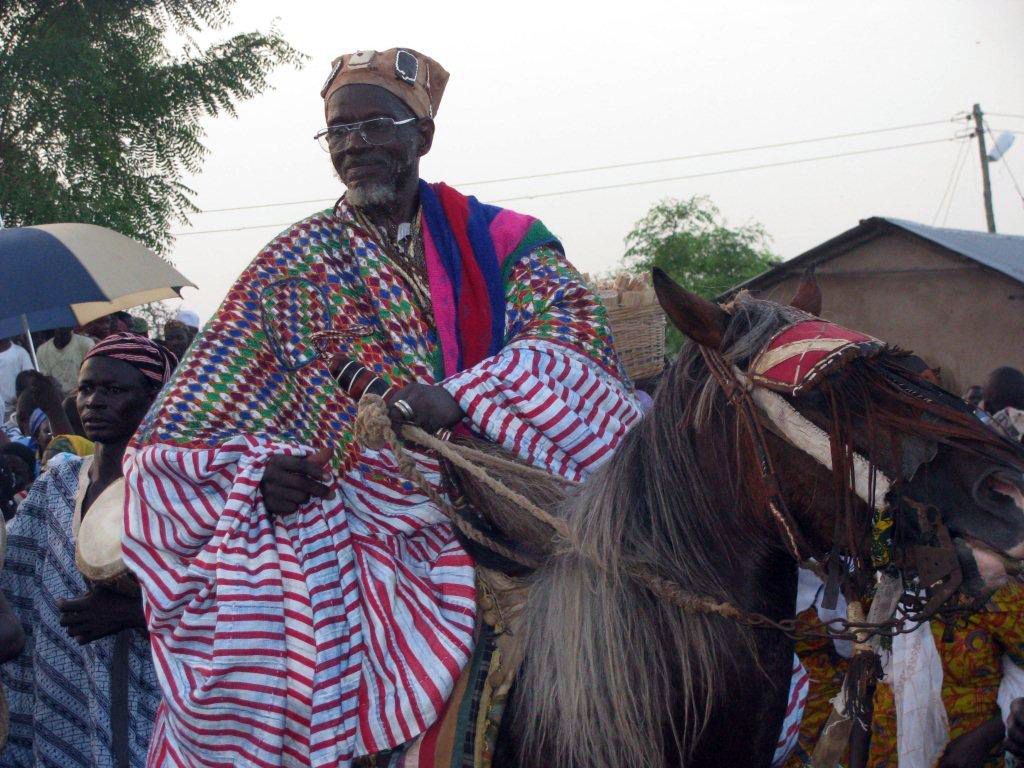
Ghana became the first sub-Saharan African country to gain independence. Today, the West African country is one of the most prosperous in Africa, both politically and economically. Home to royalty and an abundance of resources, Ghana boasts of a rich cultural diversity. While there are tens of tribal groupings in this West African country, there are those that are influential both politically and economically, hence are well known. Here is a sneak preview of the major tribes and ethnic groups in Ghana.
1. The Ashanti Tribe
This is by far the largest tribe in Ghana numbering about seven million in total and nearly half the population of the entire country. It is also one of the few matrilineal societies in West Africa and Africa as a whole. Once renowned for the splendour and wealth of their rulers, the Ashanti people are famous for their skilful artwork and their trademark kente cloth. Other notable characteristics of the Ashanti is their extravagant funerals. Some of the famous masks, sculptures and furniture in Ghana are crafted by the Ashanti people.
2. The Mole-Dagbon Tribe.
The Mole-Dagbon could be the second most populous tribe in Ghana but only one in every seven Ghanaians is a Mole-Dagbonian. They are further divided into smaller sub-tribes, with the majority of them living mainly in the northern parts of the country such as Bolgatanga. Thanks to their skilful art in basket weaving and African crafts, the markets dominated by this tribe have begun to gain international attention and recognition.

3. The Fante Tribe
This tribal grouping is mainly located along the coastal regions of Ghana and is the second largest members that make up the Akan ethnic group to which they belong. They are mainly found in Cape Coast. Despite rapid growth and assimilation, the Fante has held to their traditions and culture to this day.
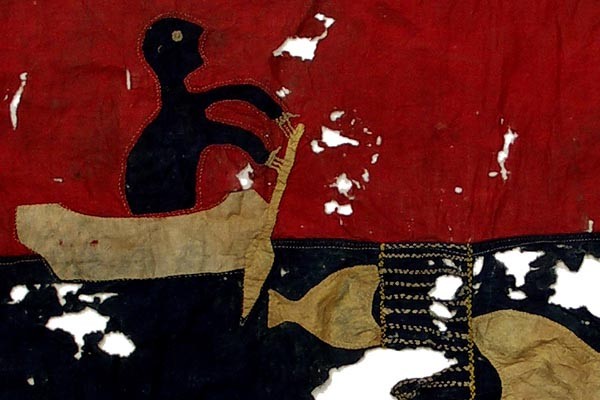
4. The Ewe Tribe
In times of need, the Ewe has over 600 deities to turn their attention to. Also found in parts of Togo and Benin, the Ewe speaks the Ewe language and are closely associated with other speakers like the Aja and Fon of Togo. They have developed a complex culture that mainly revolves around drumming. Music and dance is also part of their culture and is used when cementing social bonds among members of the society. They make up about 11% of Ghana’s total population.

5. Ga-Adangbe Tribe
These people are found mainly across the Accra plains. The modern Ga-Adangbe people live in Osu, Krobo, Shai and La among other regions. Though often regarded as one tribe, the Ga and the Adangbe represent a dozen of other tribes, each speaking a different dialect. Their culture also involves around dancing and drumming among other things.
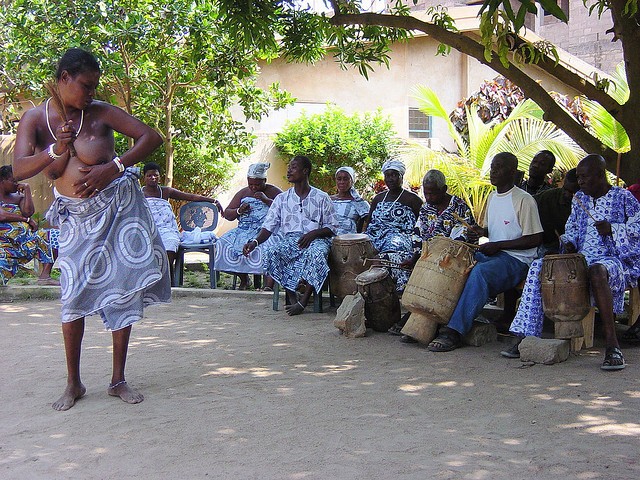
6. The Guan Tribe
The Guan people of Ghana are believed to have migrated to their present-day land around 1000 A.D from the Mossi region of Burkina Faso. After moving to the Volta valley, they formed a settlement in Afram Plains, across the Black Volta and in the Akwapim Hills from where they moved further south to occupy the coastal plains. According to scholars, it is believed that the Gaun were the Neolithic population of the region, a fact attributed to their wide distribution.
7. The Dagomba
This is also one of the tribes that make up the face of Ghana. Numbering over a half a million, the Dagomba inhibit mainly the Northern region of the country and are also sparsely populated around the Savanna region in a region known as Sudan. Historically, they are closely related to the Mossi people of present day Burkina Faso. They mainly occupy the Tamale region, which also doubles up as the capital of the Northern Region.
8. The Hausa
The Hausa are by far the single largest ethnic group in West Africa, with the majority living in parts of Togo, Chad, Ivory Coast, Cameroon and Nigeria among other countries. The Hausa speak the Hausa Language which is an Afro-Asiatic language.

9. The Kusasi People
Presently, there are about 400,000 Kusasis spread across the Bawku districts in the northern part of the country. In the recent past, the relationship between the Kusasi and other ethnic groups has hit rocky waters mainly because of a tag of war over the control of Bawku and paramountcy. This troubled relationship has also led ethnic distrust and sour relations between them and their neighbours.
